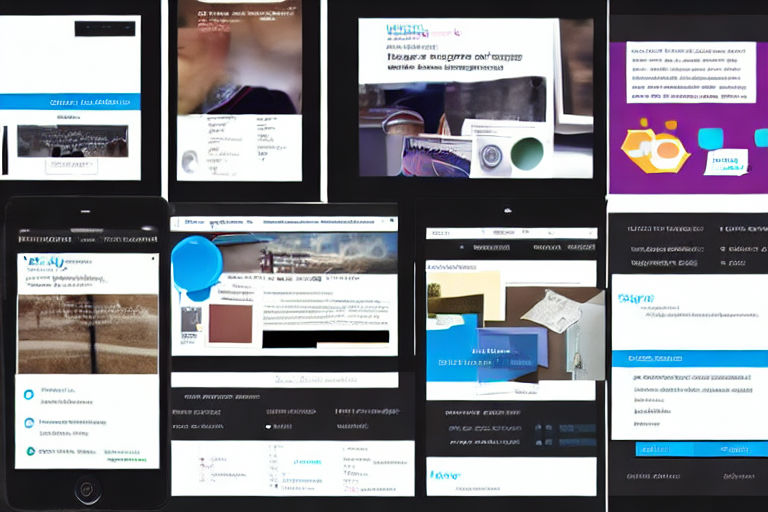Understanding the Psychology of Color in Web Design for Increased User Engagement
When it comes to designing a website, one of the most important things to consider is the use of color. While it’s easy to get caught up in choosing colors based on aesthetic appeal or personal preference, the psychology of color can play a major role in how users interact with and engage with your website. In this post, we will discuss the different ways that color can affect user behavior and how you can use this knowledge to increase engagement on your website.
Why Color Matters in Web Design
Color is a powerful tool that can be used to attract attention, convey emotion, and influence behavior. When it comes to web design, choosing the right colors can have a significant impact on the success of your website. In fact, studies have shown that 90% of snap judgments made about a website are based on color alone.
The Psychology of Color
The psychology of color is the study of how colors affect human behavior and emotions. Different colors can have different associations and evoke different feelings in people. Here are a few examples:
- Red: Red is often associated with passion, excitement, and urgency. It can be used to create a sense of urgency or to draw attention to important elements on a website.
- Blue: Blue is often associated with trust, security, and reliability. It is a popular choice for corporate websites and can create a sense of calm and professionalism.
- Green: Green is often associated with growth, health, and wealth. It can be used to promote environmentally-friendly products or services, or to create a sense of relaxation.
- Yellow: Yellow is often associated with happiness, optimism, and youthfulness. It can be used to create a feeling of warmth and friendliness on a website.
Using Color to Increase User Engagement
Now that you understand the psychology of color, how can you use it to increase user engagement on your website?
1. Use Contrasting Colors
Using contrasting colors can help draw attention to important elements on your website, such as buttons or calls to action. For example, if your website has a blue color scheme, using a bright orange or red button can make it stand out and increase the chances of users clicking on it.
2. Consider Your Brand Identity
Your website’s color scheme should reflect your brand identity and values. For example, if your brand is associated with health and well-being, using green or blue colors can create a sense of calm and relaxation. Conversely, if your brand is associated with excitement and adventure, using bright, bold colors can help convey that message.
3. Use Color to Create Hierarchy
Using different colors can help create a sense of hierarchy on your website. For example, using a bright, bold color for your primary navigation menu can help it stand out and draw attention to the most important pages on your website. Using muted, neutral colors for less important elements can help reduce visual clutter and create a sense of balance.
4. Test Different Color Schemes
The psychology of color is not an exact science, and what works for one website may not work for another. It’s important to test different color schemes to see what resonates with your audience and increases engagement on your website.
Conclusion
Color is a powerful tool that can be used to attract attention, evoke emotions, and influence behavior. By understanding the psychology of color and using it strategically in your web design, you can increase user engagement and create a more successful website.



